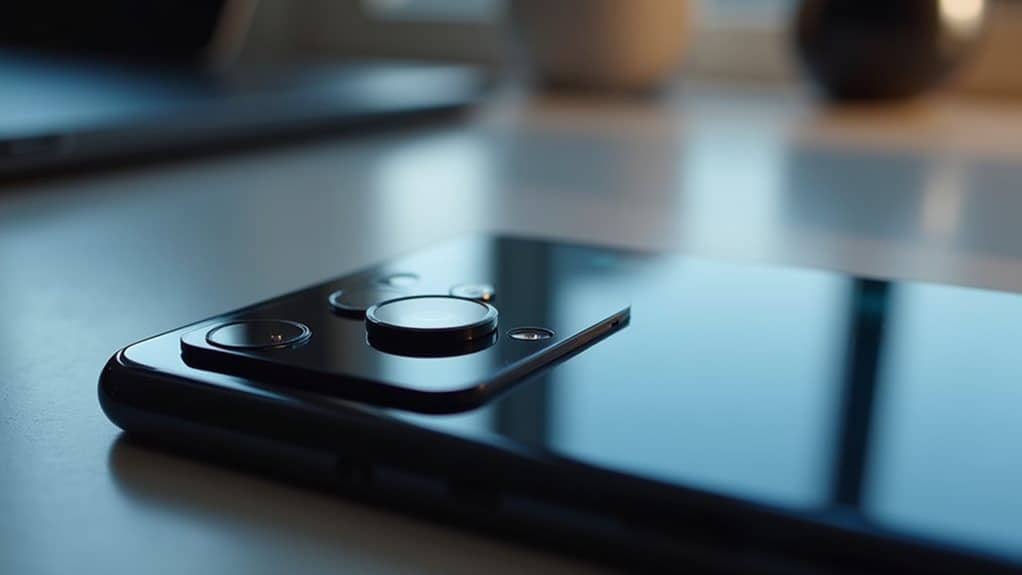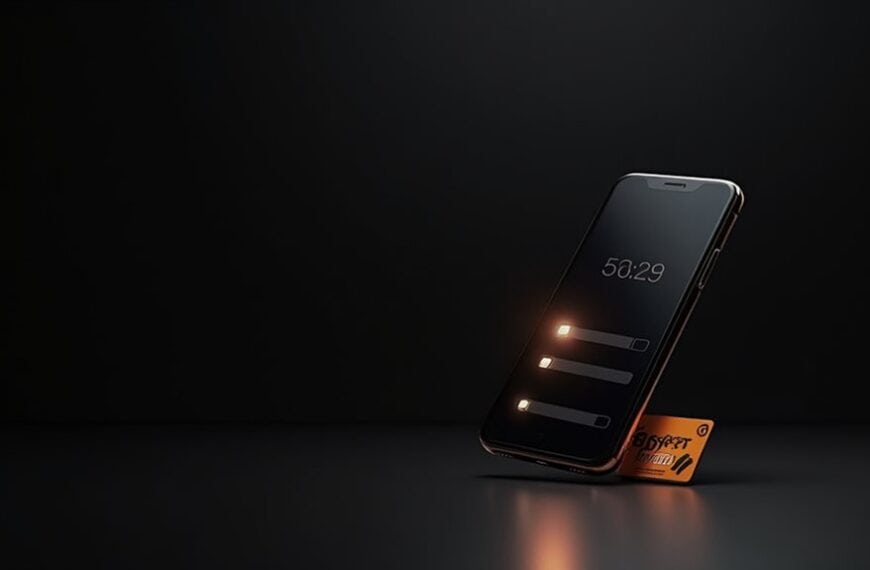Google’s Pixel 10 camera presents a puzzling mix of upgrades and downgrades. You’ll find a new 11MP Samsung 3J1 telephoto lens with periscope capabilities, but also a downgraded 13MP ultrawide camera replacing the previous IMX858. The main 50MP Samsung GN8 sensor is smaller than the Pixel 9’s GNV. Google appears to be relying heavily on Tensor G5 software processing to compensate for these hardware compromises. The full impact on image quality remains to be seen.

While Google’s Pixel 10 brings a significant upgrade by adding a telephoto lens to the base model for the first time, it also makes surprising compromises in other camera hardware. The new triple-camera setup introduces an 11MP Samsung 3J1 telephoto lens with periscope-style capabilities, giving you zoom features previously reserved for Pro models.
However, you’ll find downgrades in other key components. The main camera uses a 50MP Samsung GN8 primary sensor, which is smaller than the GNV sensor in the Pixel 9. The ultrawide camera has also been stepped down to a 13MP Sony IMX712, replacing the more advanced IMX858 from previous models.
These sensor reductions may impact your low-light photography experience, potentially offsetting the benefits of the new telephoto lens. Google will likely rely heavily on software processing through the Tensor G5 chip to compensate for these hardware compromises. This approach is consistent with Google’s significant reliance on software to deliver competitive camera performance despite hardware limitations.
The design remains largely unchanged from the Pixel 9 series, with CAD-based renders showing similar dimensions and screen sizes. The camera module has been modified to accommodate the additional lens, but the overall aesthetic continues previous design language. The case compatibility between generations may be possible due to the similar dimensions between Pixel 9 and 10 devices.
This mixed approach creates an interesting market dynamic. The addition of a telephoto lens to the base model blurs the distinction between standard and Pro versions, potentially causing confusion for you as a consumer. Pro models still maintain advantages with 48MP Sony IMX858 sensors for both ultrawide and telephoto cameras, plus additional RAM and brighter displays.
Pricing will be essential in determining whether these changes represent good value. If the Pixel 10 maintains similar pricing to previous generations despite the mixed hardware changes, you might question the overall value proposition.
This strategy risks creating market confusion and giving competitors an opportunity to highlight more consistent camera improvements in their devices. As Google positions this mixed upgrade in the marketplace, you’ll need to weigh the benefit of gaining telephoto capabilities against the potential drawbacks of downgraded primary sensors.
Frequently Asked Questions
How Does the Pixel 10 Camera Compare to Iphone’s Latest Model?
The Pixel 10’s camera system includes a new telephoto lens, which brings it closer to iPhone’s multi-camera setup.
However, you’ll notice the iPhone still has advantages with larger sensors and better low-light performance.
While Google’s computational photography remains strong, Apple’s hardware-software integration often delivers more consistent results.
The Pixel 10’s smaller 50MP main sensor and 13MP ultrawide may not match the iPhone’s overall image quality, especially in challenging lighting conditions.
Will Previous Pixel Phone Cases Fit the Pixel 10?
You shouldn’t expect your previous Pixel phone cases to fit the Pixel 10. Each Pixel generation features unique dimensions, button placements, and camera configurations that require model-specific cases.
Even within the same series, slight variations exist that prevent universal compatibility.
The Pixel 10’s new camera layout and body dimensions will likely differ from earlier models, requiring you to purchase a case designed specifically for this device to guarantee proper protection and functionality.
Is the Camera Upgrade Worth the Price Increase?
The camera upgrade’s value depends on your priorities.
You’re getting a new telephoto lens, but the main and ultrawide sensors are actually less powerful than the Pixel 9’s.
If zoom capabilities matter to you, it might be worth it. However, if you primarily use the main camera, you mightn’t see improvements justifying the cost.
The AI software enhancements may compensate for hardware downgrades through improved processing and stabilization features.
When Will the Pixel 10 Camera Features Reach Older Pixel Models?
You can expect some Pixel 10 camera features to reach older Pixel models within several months after its release.
However, not all features will be compatible with older hardware.
Software-based improvements have a higher chance of being ported than those requiring specific hardware components.
Google typically rolls out these updates gradually, with newer models receiving priority.
To check availability, monitor your device settings for software updates or join Google’s beta programs for earlier access.
Does the New Camera System Drain Battery Faster Than Previous Models?
The new camera system’s impact on battery life isn’t fully established yet.
You’ll likely experience some additional drain from the telephoto lens, which requires more power than standard lenses.
However, the Tensor G5 chip might offset this with improved power management.
Actual battery performance will depend on how often you use the telephoto feature and how efficiently the new image signal processor operates.
Google hasn’t released official battery comparison data between generations yet.




